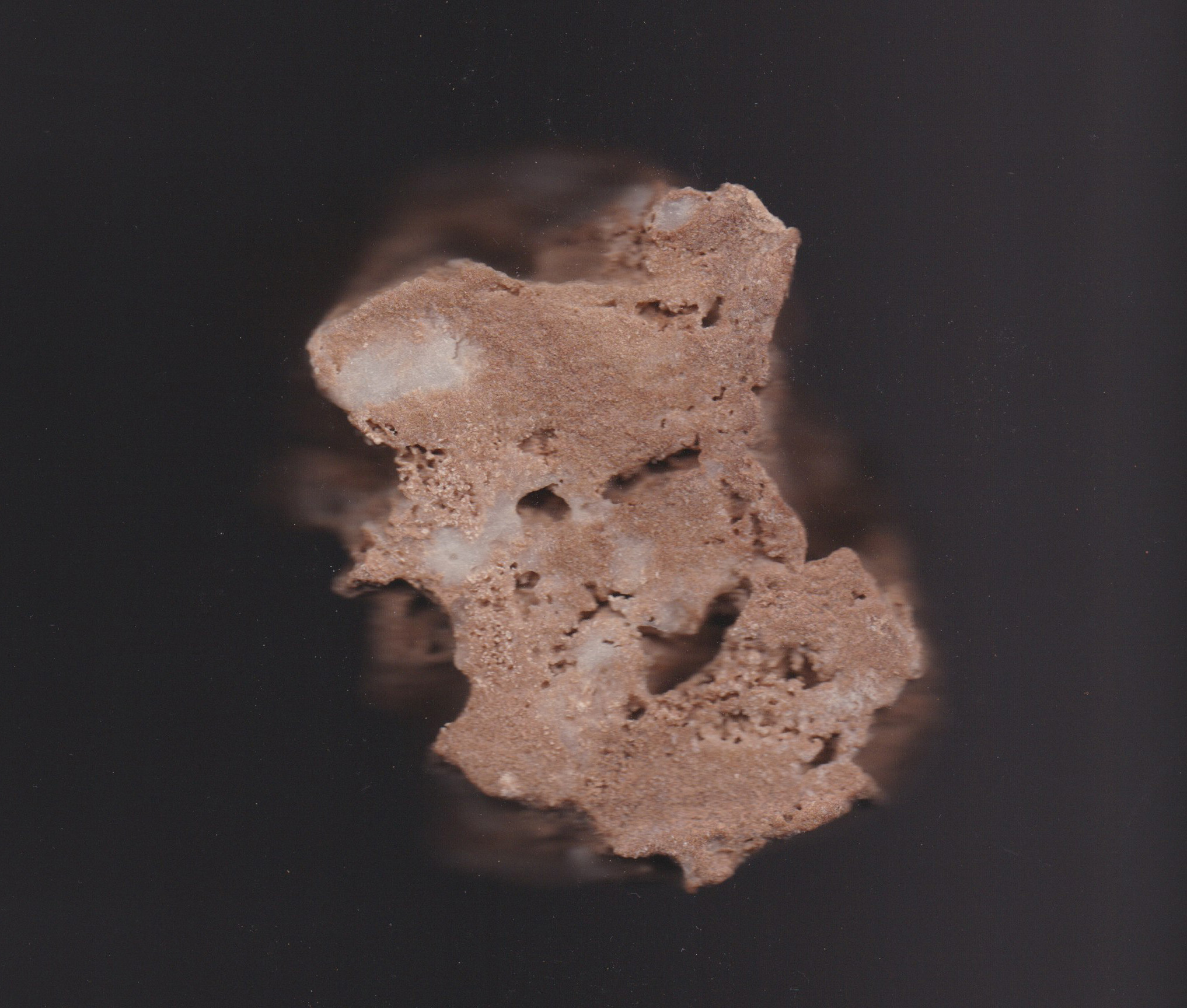Karshif Chronicles
Born from our research trip in Siwa-Egypt, this project unfolds as an investigation of materiality and the intimate relationship between land, culture, and human endeavours.
As we delved into the salt-tinged oasis, we embarked on an exploration of karshif—a naturally grown conglomerate intricately woven into the very essence of Siwa's landscape.
Through careful selection and minimal intervention, we aimed to amplify the inherent qualities of the material, revealing its unique amalgamation of salt crystals, sand, and clay.
As we delved into the salt-tinged oasis, we embarked on an exploration of karshif—a naturally grown conglomerate intricately woven into the very essence of Siwa's landscape.
Through careful selection and minimal intervention, we aimed to amplify the inherent qualities of the material, revealing its unique amalgamation of salt crystals, sand, and clay.
 Karshif Chronicles. SE, 2023.
Karshif Chronicles. SE, 2023.

Karshif is a remarkable material that occurs naturally in Siwa, embodying a unique conglomeration of salt, clay, and other minerals present in the ground. It forms on the surface of the land, particularly around the salt lakes where the salt content is higher.
This iconic substance exhibits an interesting composition, characterized by salt crystals blended with sand and clay impurities. These impurities lend karshif its distinctive brownish color, shaped by the environmental influences it encounters.
Once extracted, karshif undergoes a natural dehydration process, exposed to the sun for one to two weeks. This allows the moisture to evaporate, transforming the raw material into a usable form.
 Karshif laying on the side. Siwa Salt Lakes. SE, 2023.
Karshif laying on the side. Siwa Salt Lakes. SE, 2023.Karshif is a naturally growing and abundant material around the salt lakes. While not commercially valued, it serves a practical purpose: clearing the way for agriculture. By removing the karshif layer, farmers can cultivate the land for palm trees and other resilient crops. This renewable resource has found a surprising use in construction.

Karshif cut section. SE, 2023.
It offers a more accessible alternative to stone, allowing for manual shaping or machine assistance. The thinner layers, ranging from 5 to 10 cm, are preferred for their ease of handling and shaping, while still providing sufficient strength for constructing buildings up to three stories high. In contrast, the thicker karshif layers, reaching up to 30 cm, are stronger but require specialized tools for extraction due to their weight and higher salt content. Notably, the only associated costs lie in the extraction and transportation processes, as karshif itself is freely obtained.




Karshif Chronicles. Object 2. SE, 2023.
 Karshif Chronicles. Object 3. SE, 2023.
Karshif Chronicles. Object 3. SE, 2023.Project info
2023 - Siwa Oasis -Western Sahara - EGY
Salt rock and clay
Research trip supported by Pro Helvetia Cairo.
Many thanks to Ehab Elsayed and Talist family.